 By Teresa Gross (Literacy Expert/Language & Literacy Teacher)
By Teresa Gross (Literacy Expert/Language & Literacy Teacher)
As a Middle School Language and Literacy Teacher, I have always used “anchor charts” in my classroom. Anchor charts serve as “blueprints” of instruction with the main purpose being to develop independent thinkers, leaders and learners.
I have always thought of them as a way of putting my thought process into a visual representation*. It is essential for students (and teachers) to see the process and/or planning to reach an end product and/or goal. That’s what anchor charts allow me to do with my students.
I consider my walls “living” in that they change throughout the year as we embark on our learning journey. When students no longer need to access them on a daily basis, it is time to make changes to complement the current instruction.
(*Click here for more tools for engaging your literate students.)
Anchor Charts: Student Benefits
As I reflect on this strategy, I can see many benefits to introducing this learning tool to students. A few things come to mind when I consider the benefits to student learning. Students can:
- use language and/or pictures/symbols to capture their learning in an organized way that makes sense to them
- choose key words/phrases/ideas that are essential to their learning
- write down as much or as little information as they need
- have options for taking notes, conducting research and making their thinking and/or learning visible to others
- collaborate together on tasks
- have an alternative to traditional writing in response to reading essay type tasks
- choose from options for the pre-writing stage of the writing progress
Creating Empathetic Global Citizens
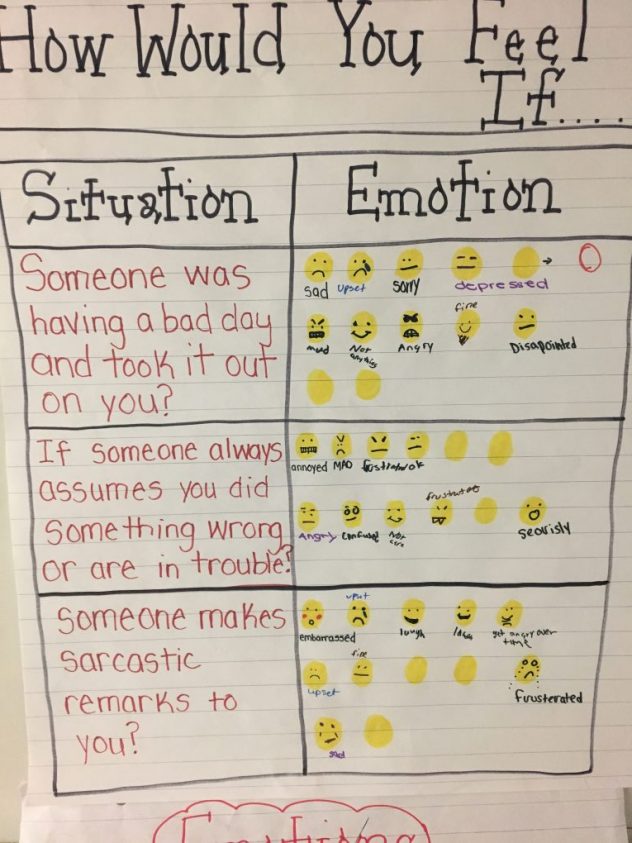 If we want to build empathy in our students, then it is essential to give them opportunities to practice. One way I do this is to pose “How would you feel if…” questions to my 7th graders. In this particular chart, I combined it with a mode of communication they are extremely familiar with, Emojis. They had to consider the situation and create an expression representing how they would feel. It was a fantastic tool for students who did not have the language to express their feelings as they were provided a different format to respond, facial expressions. It was also an incredible visual. One could look at it and quickly assess how students were thinking or feeling.
If we want to build empathy in our students, then it is essential to give them opportunities to practice. One way I do this is to pose “How would you feel if…” questions to my 7th graders. In this particular chart, I combined it with a mode of communication they are extremely familiar with, Emojis. They had to consider the situation and create an expression representing how they would feel. It was a fantastic tool for students who did not have the language to express their feelings as they were provided a different format to respond, facial expressions. It was also an incredible visual. One could look at it and quickly assess how students were thinking or feeling.
Responding To Literature
One skill we frequently work on is analysis. A strategy I have introduced is the “Double Entry Journal”. The students love working with chart paper and markers. When I model an example, I do not show them the end product. I always show them the draft. The reason being, I revise and make it messy in front of them. It is a fantastic way for students to see my thinking. I cross out, scribble, draw arrows and show them visually all the thinking I am doing. I often tell them, the messier, the better, the more thinking that is occurring. I post this as a model. I want them to remember and appreciate the process, it is not about the end product.
What Is Your Superpower?
Middle School students love to engage in conversation about super heroes. Students who do not normally participate in discussions will talk to me for hours about names, powers and movies. I have received several movie recommendations. In addition, we enjoy imagining what powers we would want if we could choose. I always thought the invisibility cloak from Harry Potter was pretty amazing. In addition, it leads to insightful discussions on heroic traits of why these bigger-than-life characters intrigue us so. Why do we enjoy reading about their adventures? Why do we wish to be like them? What qualities and traits do we see that we wish we had? After reading about Greek Mythology, students were asked to create a super hero. Expectations were to name him/her, choose a superpower, create an image and determine 3-4 character traits represented by their superhero. Even students who were reluctant to start, soon dove into the task head first. It was an amazing opportunity to make connections, get to know my students better, and integrate some of our learning.
Narrative Writing
The writing process can be difficult. It requires so much gathering of information/ideas, planning, finding the vocabulary/words in which to express your ideas, and stamina to work through drafting, revising, editing and publishing. For our narrative writing, I decided to try something different. First, we sketched in our notebooks after watching videos and reading literature, as well as informational text. Then we created a box of artefacts. The students did some research and printed out visual images pertaining to the unit. Finally, we brainstormed domain specific vocabulary that they wrote on index cards as a resource. I provided chart paper, post-it notes and markers to begin the planning process. We made a story arc on the paper and then worked on it from there! The post-it notes allowed them to move ideas around or change them without feeling like they had to erase everything. The big paper allowed them to write anything and everything they needed for them to easily access. Once these were complete, the writing process just flowed.
Teach Students The Way They Learn
As a former speech therapist and now reading teacher, I know there are endless ways for students to show us what they know. The question is, what do we want them to do? If we are looking for ideas, having a student talk instead of write can be a wonderful choice for some. Are we looking for understanding of reading or concepts? Using sketches, drawing, tables or charts can be amazing tools that do not require traditional essays. If we meet students where they are and use their strengths to help them learn and show learning, we will help build confident, invested learners.
More About The Author
My name is Teresa Gross and I am currently a Literacy Teacher for a Middle School outside Rochester NY. I graduated from Nazareth College of Rochester with a Bachelor’s Degree in Speech Language Therapy, then went on to receive a Master’s Degree in Literacy. After completing my program, I returned for additional coursework to extend my literacy certification. Since then I have also completed my Educational Administration degree. My work experience includes home and preschool-based speech therapy, k-12 speech therapy and k-8 literacy. My passions include fostering a lifelong love of literacy in my students. I am honored I was able to write this post. Thank you for reading.
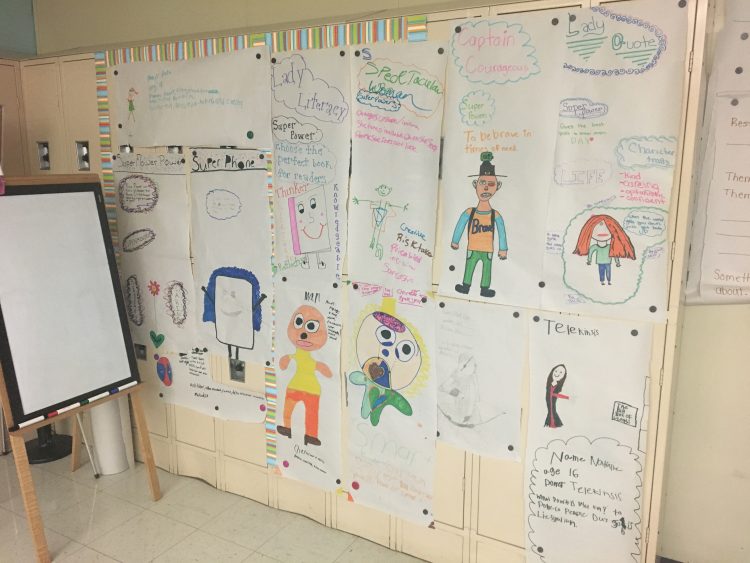
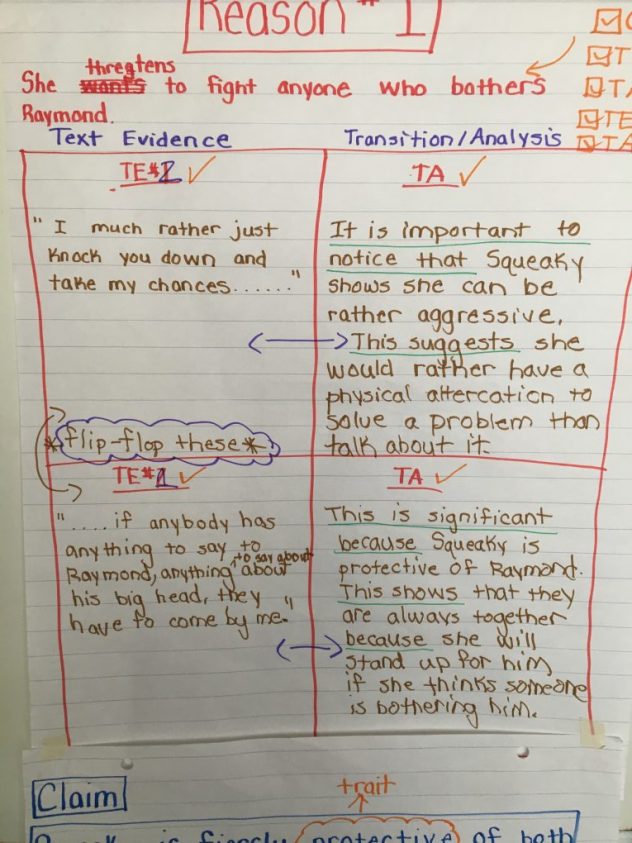
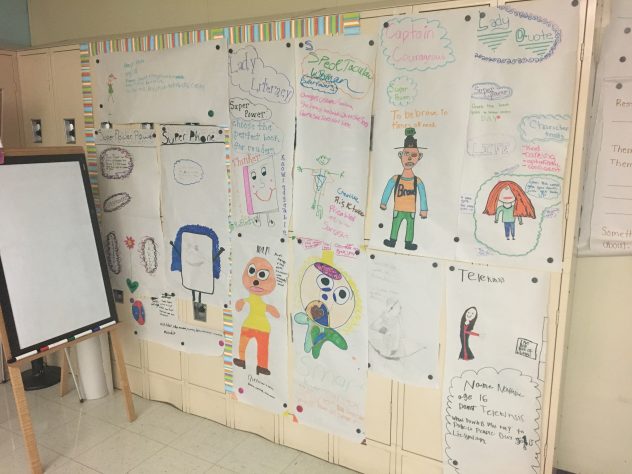
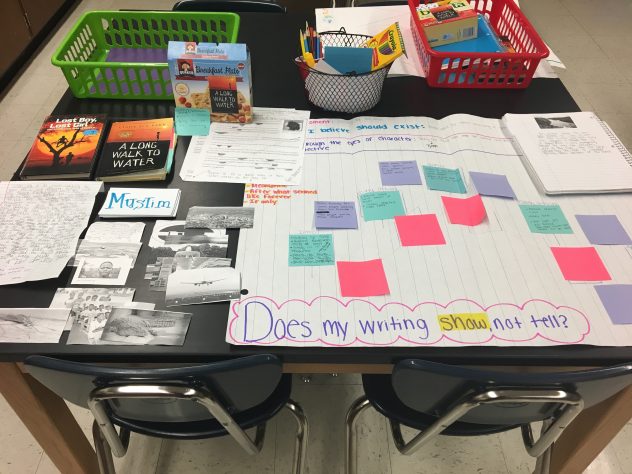

Her anchor charts are similar to anchor activities mentioned in Ricci’s growth mindset book. Would it be possible to see an example of Gross’s drafts in “Responding to Literature”? I think a visual of this would help me more. I really enjoy this blog, Gillian.
Hi Carla!
Teresa has tons of ideas about how to use the anchor charts and invite responses to literature on her blog: teresagross2015.blogspot.com
Check it out!